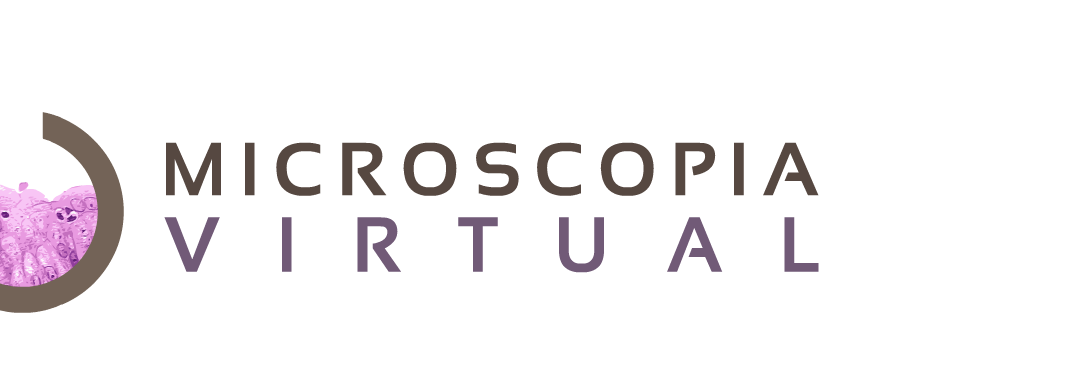First Chilean Symposium on Digital Pathology and Virtual Microscopy 2015
Digital Pathology, Telemedicine, Virtual Microscopy, Latest Scanner Technologies, Online Courses for Training and Education, Improving Clinical Studies, First Chilean proficiency test in Breast Cancer.
Objectives
- Introduction to the latest advances in Digital Pathology and Virtual Microscopy
- Information about latest Scanner Technologies
- Developments in Quantitative Pathology for tumor markers in Chile
- Education and Training assisted by Digital Pathology and Virtual Microscopy
Organizers
Steffen Härtel, PhD CPDAI Director, Anatomy and Development Biology Program, Biomedical Neurosciences Institute BNI, Biomedical Sciences Institute ICBM, Faculty of Medicine, Universidad de Chile.
Eugenia Díaz, PhD CPDAI Co-Director, Anatomy and Development Biology Program, Biomedical Sciences Institute ICBM, Faculty of Medicine, Universidad de Chile.
Sessions
Session I Presentation of the first Chilean Center of Digital Pathology. Steffen Härtel, CPDAI, BNI, U-Chile.
Session II Latest Developments on Digital Pathology and Scanner Technologies Niels Grabe, Tiga-Center, HD, Ger: Present and future challenges in Digital Pathology. Frank Osenberg, HAMAMATSU-Europe: New scanner technologies.
Session III Quantitative Pathology Andrea Maturana, Oral Pathology, U-Chile: Evaluating tumor marker in oral squamous cell carcinomas. Jimena Lopez, Stefan Sigle, CPDAI: National validation process and results of quantification in breast cancer.
Session IV Education and Training Sergio Guiñez, Claudio Cruzat, School of Medicine, UTalca: Strengthening teaching and clinical training based on Digital Pathology. Luis Briones, CPDAI: Virtual Microscopy for Education and Training. Jorge Toledo, CPDAI: Virtual Microscopy for School Projects.
National External Members
GOCCHI Chilean Research Group for Cooperative Oncology (www.gocchi.org)
NCI National Intitute of Cancer (www.inc.cl) ICBM Biomedic Sciences Institute of the Faculty of Medicine (www.icbm.cl)
NLHPC National Laboratory for High Performance Computing (www.nlhpc.cl)
BNI Instituto Milenio of Biomedical Neurosciences (www.bni.cl)
FOUCH Faculty of Dentistry, Patology and Oral Medicine Department, Biobanco Unit (www.odontologia.uchile.cl)
Universidad de Talca Medicine School, Simulation Centre (www.medicina.utalca.cl)
International External Members
TIGA Tissue Imaging and Analysis Center (www.tigacenter.bioquant.uni-heidelberg.de)
HAMAMATSU Photonics Europe (www.hamamatsu.com)
NordiQC Nordic immunohistochemical Quality Control (www.nordicq.org)
Program: Here
VIRTUAL MICROSCOPY
Who are we?
CPDAI is a pioneering and innovating centre that brings solutions in the tele-medical tele-analytical field through the use of technologies and infrastructure of Virtual Microscopy (MV) and Digital Pathology (PD), guaranteeing a high level of spatial resolution which allows the realization of quantitative analysis and inter consultations in the biopsies diagnostics.
Is integrated by a multidisciplinary team of professionals linked to the areas of surgical pathological anatomy, oral pathology, histology, microscopy, medical informatics and image processing of Universidad de Chile. Enterprises specialized in telecommunications and tele inter-consulting are also part of it as well as international institutions that support it. CPDAI promotes the insertion of MV and PD in Chile, proyecting itself as a centre of reference at a national and Latin-american level.
The digitalization of biologic samples, pathological and histological elaborated in Chile is done with the help of the equipment Hamamatsu NanoZoomer Digital Pathology (NDP) and the images generated are stored in servers specially conditioned.
Our mission
To generate and provide services that allow the Virtual Microscopy and Digital Pathology support clinic diagnostic, the academy, investigation and continuing education in pathological anatomy, histology and related disciplines.
Our vision
To be an innovative centre, a national and Latin-American referent in Virtual Microscopy and Digital Pathology.

